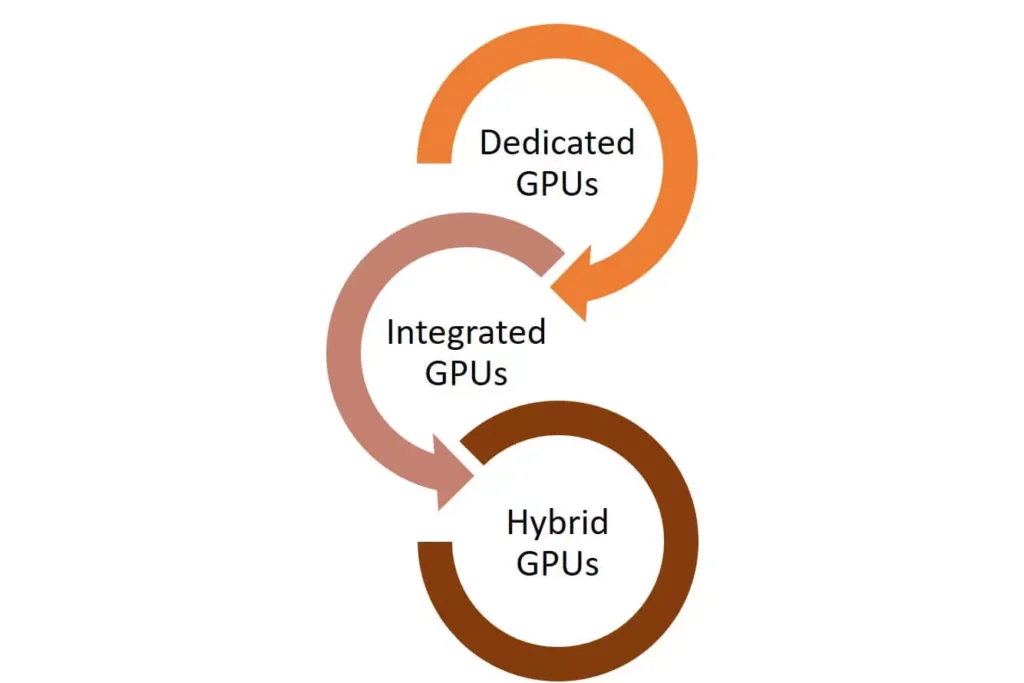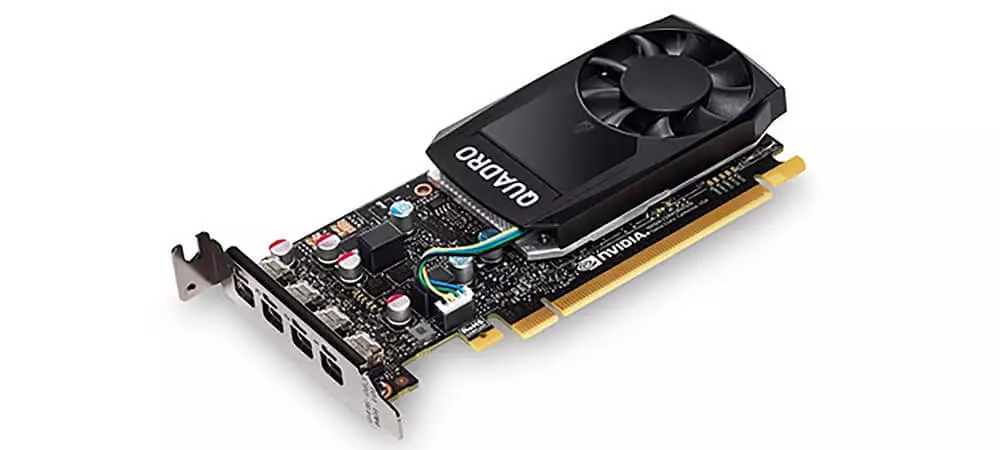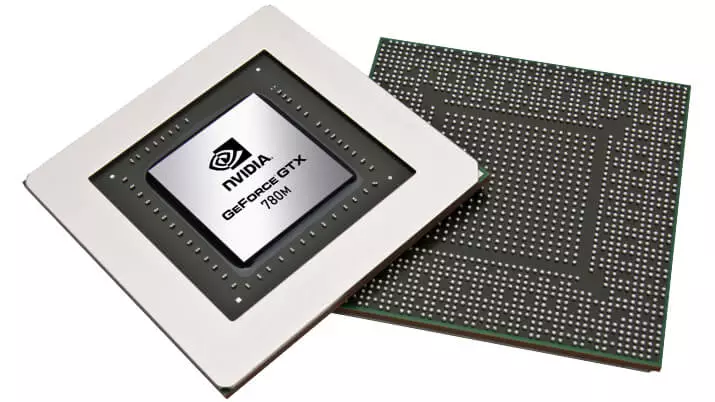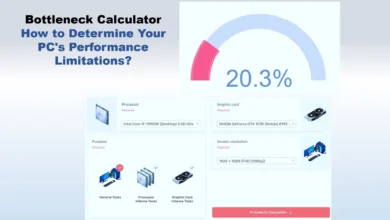Increasing Demand for High Memory GPUs


There has been an increasing demand for high memory GPUs (graphics processing units) in recent times. This is because more and more people are using high-resolution displays, which require more video memory to render images properly.
The traditional GDDR5 memories on most GPUs are no longer capable of handling the high bandwidth requirements of 4K and 8K displays. This has led to the development of new types of high-memory GPUs, such as the NVIDIA Quadro P6000 and AMD Radeon Pro WX 9100.
These GPUs offer up to 24GB of GDDR5X or HBM2 memory, which is far more than the traditional 8-16GB offered by standard GPUs. This additional video memory allows for smoother performance, even when dealing with complex 3D models and large textures.
What is a Graphics Processing Unit?
A Graphics Processing Unit (GPU) is a specialized electronic circuit designed to rapidly process graphical and image data for use in a visual computing environment.
GPUs are used in applications such as video gaming, machine learning, artificial intelligence, and digital media processing.
Need of High Memory Graphics
The increasing demand for high-memory GPUs is also driven by the needs of gamers. High-resolution gaming has become increasingly popular, and most games require more than 8GB of memory to run properly at higher resolutions.
This means that gamers need to invest in a good GPU with more than 8GB of memory, such as the NVIDIA GeForce GTX 1070, Nvidia GeForce GTX 980mx, AMD Radeon RX Vega etc. Furthermore, many modern games are designed to take advantage of specific features on certain GPUs, making them even more important for gamers.
The demand for high-memory GPUs is not limited to just 3D and gaming applications. Even video editing and content creation require more video memory to render projects in higher resolutions.
Furthermore, VR applications are particularly memory-intensive, so high-memory GPUs are often a requirement for these applications as well.
What is the difference between GPU and CPU?
GPUs are specialized hardware used to accelerate the rendering and processing of graphics, such as 3D computer games or complex visualizations.


GPUs are distinct from CPUs (Central Processing Units), which are general-purpose processors that can be used for a variety of tasks. While CPUs typically have fewer cores than GPUs, they are more powerful and have more memory.
Features of Graphics Processing Units
Graphics Processing Units (GPUs) are specialized processors designed to render images, animations, and videos quickly and efficiently.
They provide the necessary processing power to run everything from simple web-based games to complex 3D graphics applications.
GPUs are essential components of any modern computer system, making them invaluable for gamers and professionals alike.
The most important feature of any GPU is its memory capacity. GPUs with higher amounts of memory are able to store more complex textures and images, resulting in a much smoother gaming experience compared to those with low-memory configurations.
High-end GPUs can also render more complex effects like shadows and reflections, making them perfect for high-definition gaming and 3D rendering.
Different forms of GPUs
GPUs come in many different forms, including dedicated GPUs, integrated GPUs, and hybrid GPUs.


Dedicated GPUs are those that are specifically designed for graphics processing and can be found in most gaming PCs or workstations.


Integrated GPUs are commonly included with a CPU on a single chip, making them more economical but less powerful than dedicated GPUs.


Hybrid GPUs are a combination of dedicated and integrated GPUs that can be used to improve graphics performance. They are becoming increasingly popular in laptops where there is limited space for multiple components.


No matter which type of GPU you choose, they all provide the same basic function – to accelerate the rendering of 3D graphics and other visual effects.
With each passing year, GPUs are becoming more powerful and efficient, offering users increasingly immersive gaming experiences.
Other specialty GPUs may also exist for specific tasks such as AI or parallel computing. These GPUs tend to be much more expensive than general-purpose GPUs, but they can offer significantly higher performance when used for the appropriate task.
Overall, there is a wide variety of GPUs available for use depending on the needs of the user.
Finally, some GPUs may also be used in virtualized environments to optimize performance and provide additional security.
Virtualization allows multiple operating systems and applications to run concurrently in a secure environment while only utilizing one physical GPU. This can result in significant cost savings by reducing hardware requirements and increasing efficiency.
Applications of High-Memory GPUs
High-memory GPUs can be used in a variety of applications for accelerating graphics, including gaming, video editing, 3D modeling, virtual reality (VR), augmented reality (AR), deep learning, and machine vision. High-memory GPUs are being used increasingly by professionals in the field of graphics and animation, as well as those working with large datasets.
The demand for high memory GPUs has been further fueled by the rise of cryptocurrency mining and AI-focused applications. Cryptocurrency miners require powerful GPU capabilities to complete computationally intensive tasks.
AI-focused applications that utilize deep learning and neural networks require large datasets, which can be processed quickly using high-memory GPUs.
The demand for high memory GPUs is increasing rapidly due to their powerful capabilities and cost-effectiveness.
Their increasing demand is also due to the rise in applications that require better graphics performance, such as video editing software and complex 3D simulations.
High-memory GPUs are designed to handle large amounts of data efficiently, allowing users to manipulate larger amounts of graphical information with greater ease.
Famous Companies in GPU Manufacturing
Some of the most famous companies in GPU manufacturing are NVIDIA, AMD, Intel, and ARM.
NVIDIA is the most popular manufacturer of GPUs for gaming and cryptocurrency mining.
AMD offers consumer-level and professional-grade cards that are also popular among gamers.
Intel is a leading chipmaker that also supplies graphics processors for laptops. Lastly, ARM offers a range of GPUs for mobile devices and other low-power applications. All of these companies provide reliable products that are suitable for different needs.
In addition to these major manufacturers, there are several smaller companies that specialize in specific segments of the GPU market.
For example, Imagination Technologies is well known for its PowerVR graphics processors, while Imagination Technologies’ PowerVR graphics processors are used in Apple’s iPhones and iPads.
Another company, Vivante, produces GPUs for embedded systems like smart TVs and digital cameras. And, VeriSilicon produces graphics units tailored to machine learning applications.
Overall, the GPU market is dominated by several key players that have been around for decades.
However, as the demand for graphics processing increases, new companies have started to emerge with innovative solutions and technologies. This is allowing more users to find the perfect GPU matching their needs.
Final Thought
GPUs come in many forms and can be used for a variety of purposes depending on the user’s needs. Dedicated, integrated, and hybrid GPUs are the most common types of GPUs but there are also specialty GPU models available for more intensive tasks such as AI or parallel computing.
Virtualization is also becoming increasingly popular as a way to maximize the efficiency of a single GPU by running multiple operating systems and applications simultaneously.
Regardless of the type or purpose, GPUs are essential components that provide users with powerful graphics capabilities.




